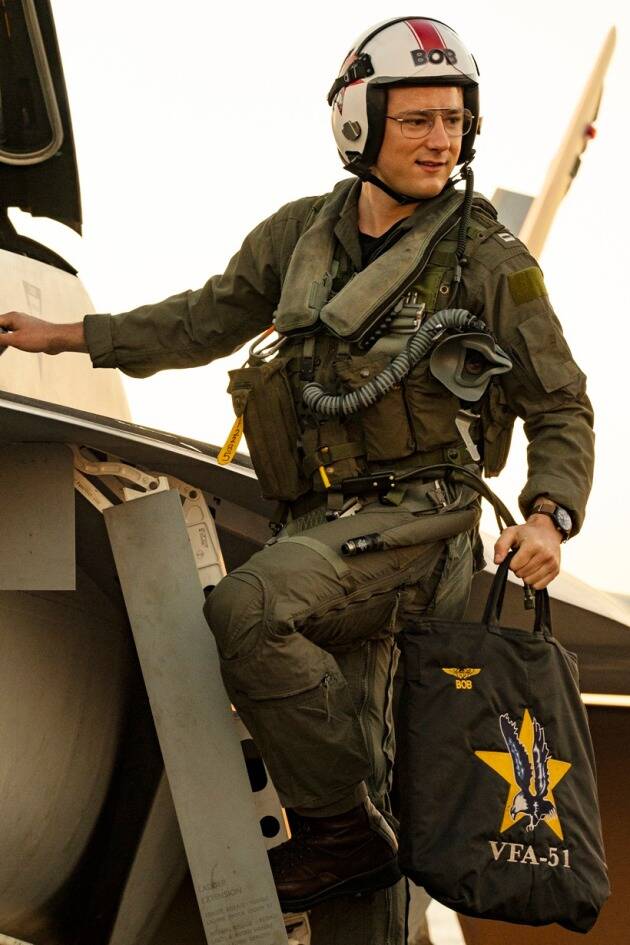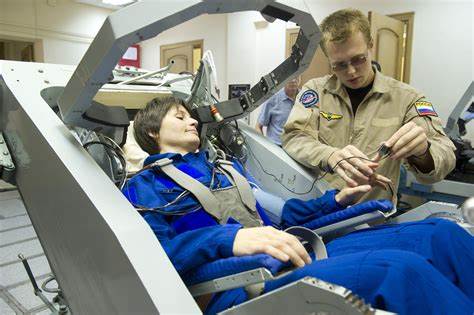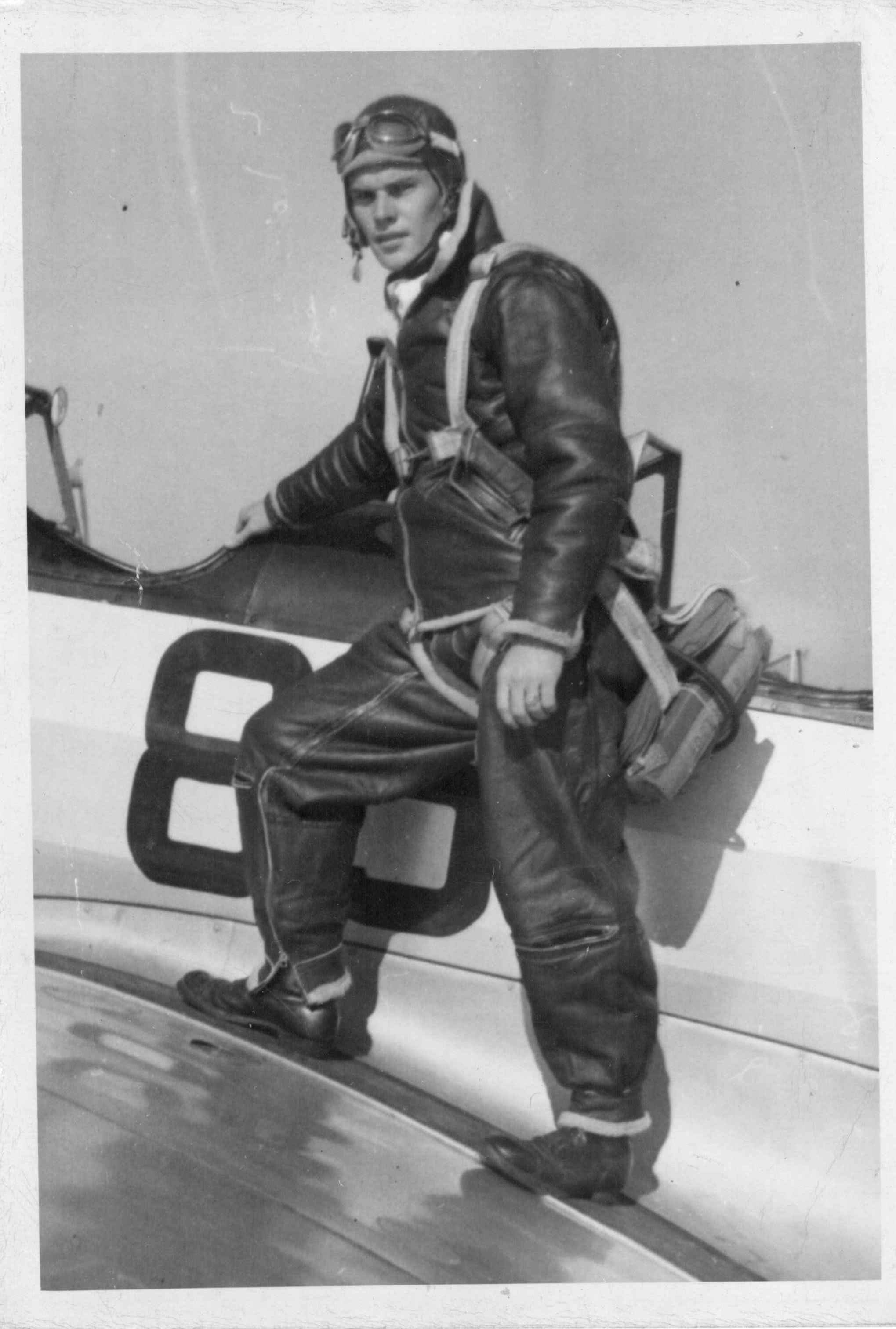By Carrie Stewart, guest contributor

Have you watched the Top Gun: Maverick film? If so, chances are you’ve also been blown away by the movie’s flight scenes.
Pilots maneuvering fighter planes across the sky at heart-pounding speeds may have you wondered how it became possible for people to survive in such high-gravity situations.
Some flight suits, like partial pressure suits, increase pressure in the abdomen to help pilots breathe at high altitudes. Abdominal pain is one of the most prevalent problems pilots experience. If you’re experiencing such pains, a CT scan of the abdomen may help you identify the causes.
Meanwhile, why do some pilots wear flight suits while others don’t? Do these suits improve pilots’ safety while in flight? How different are these suits from regular uniforms? What are the potential uses, benefits, and drawbacks of wearing flight suits?
This article discusses the reasons why some pilots wear flight suits. Read on to learn about flight suits’ potential uses, safety features, advantages, and disadvantages.
Why Do Some Pilots Wear Flight Suits?
Here are several reasons some pilots wear flight suits while in flight:
- Cockpit safety: A shirt sleeve or an item from a pocket might easily knock a fuel lever or primary flying control, which could cause an emergency.
Some flight suits can help pilots move and operate controls within the plane’s cockpit with minimal risk.
For example, military aircraft have cramped environments. The flight suits’ multiple pockets allow fighter pilots to easily store and access small stuff like checklists, gloves, glasses, notebooks, pens, food, and other survival items during flight.
- Fire-resistance: Sometimes, pilots may survive a plane crash. However, they might still be in danger of post-crash fires. Some flight suits contain materials that help aviators sustain thermal injuries.
- Withstanding high gravity: Pilots wear flight suits to help their bodies sustain high-gravity situations. 
High-performance pilots train in environments like the centrifuge. This training helps them understand how close to their physical and mental limitations they can get when flying planes.

For example, exposure to high-gravity environments help pilots recognize signs of blackouts or loss of consciousness.
Additionally, pilots must learn several anti-gravity strain maneuvers before they can fly. These techniques include a series of muscle squeezes and contractions involving the abdomen and thighs.
Those muscle movements push blood upward to keep the brain supplied with oxygen. However, pilots can use anti-gravity flight suits, which automatically squeeze their legs when they do particularly violent maneuvers, to help push blood toward the heart and brain.
Some people think that pilots who wear flight suits are being pretentious. However, the purpose of wearing a flight suit has nothing to do with trying to be a “wannabe fighter pilot.”
Flight suits’ safety features are life-saving options that pilots can choose to increase their chances of surviving aircraft accidents.
What Are Flight Suits?
“Flying suits” or flight suits are not jumpsuits.
A flight suit is a full-body outfit that pilots can use for flying aircraft such as gliders, planes, and helicopters. At the same time, most flight suits today contain fire-resistant materials like NOMEX.
Some flight suits are cotton-based to help improve pilots’ comfort while flying. These variants can help keep the wearer warm.
Lastly, a military flight suit also indicates rank insignia.
Advantages and Disadvantages of Flight Suits
Here are some of the potentially advantageous features of flight suits: 

- Some flight suits have pockets in areas like the pilots’ vests for easy access. At the same time, these pouches are wide enough to hold items of various sizes, like pens and emergency tools like flashlights.
- The one-piece design can help prevent strong winds from detaching, ruining, or destroying the pilot’s clothing during bailouts.
On the other hand, here are some possible disadvantages of flight suits:
- Some people think the typical weight and material of flight suits today make them uncomfortable to wear, especially when pilots fly on a sunny day.
- The flight suits' unique safety features also make them an expensive buy.
Pilots wore flight suits to protect against the elements, like the cold. They wore these outfits to guard against dirt because old airplanes were typically messy and oily.
However, many plane cockpits today are closed, and most aircraft are tidier than their predecessors. Consequently, most pilots no longer wear flight suits for sanitary reasons.
Today, the typical wearers of flight suits work in potentially dangerous situations like search and rescue, aerial firefighting, and construction. These people include military personnel, coast guards, civilian helicopter crews, and specific ground crews.
At the same time, for civilians, wearing flight suits is more of a choice than a requirement.
For example, civilian pilots who fly cargo or passenger planes do not wear flight suits. Most of the time, these people wear regular suits and tie uniforms with several bars on their shoulders and jacket sleeves that indicate their rank.

